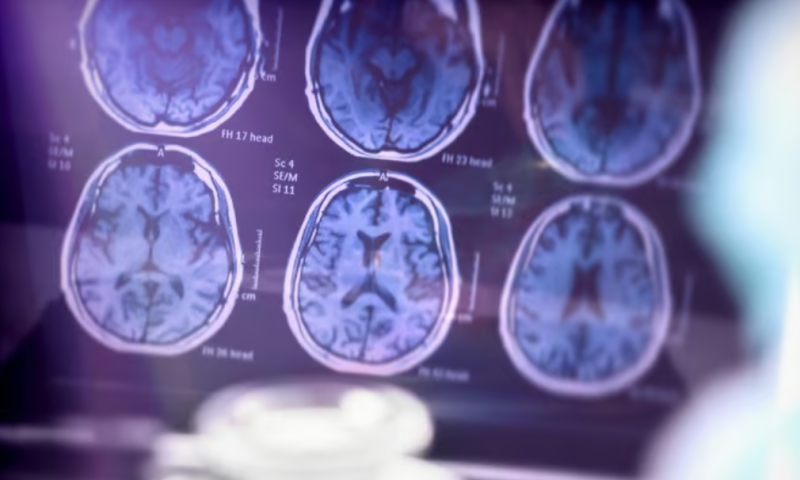Things are continuing to look up for Bayer’s Parkinson’s disease cell therapy, with the German pharma giant finally offering a deeper dive into phase 1 data that confirms the candidate hit its key safety endpoints.
The stem-cell-derived therapy, bemdaneprocel, has been in development at Bayer’s BlueRock Therapeutics subsidiary. The phase 1 trial kicked off in 2021 with the aim of testing the safety and tolerability of surgically transplanting dopamine-producing cells in the brains of 12 people with Parkinson’s. The goal was to assess the rate of serious adverse events and abnormal tissue overgrowth in the year after transplantation.
The early signs from the study were already promising, with Bayer highlighting in June that bemdaneprocel appeared safe based on a first glance at the data. Now, the company has confirmed the trial hit its primary endpoint of demonstrating safety and tolerability in all 12 patients.
Ahead of presenting detailed phase 1 data at the International Congress on Parkinson’s Disease and Movement Disorders in Copenhagen, Denmark, Bayer’s head of R&D Christian Rommel told Fierce Biotech that the company is now preparing for a phase 2 study of bemdaneprocel, which will be focused on “strengthening the power of the data.”
“Hopefully in two years from now, we [have] the next inflection point or milestone, then we can go all-in for registration data and a lot more emphasis on efficacy,” Rommel said.
Today’s readout showed that patients who received the higher dose of 2.7 million cells saw a 2.16-hour improvement in time spent each day in the “on” state—a term for when Parkinson’s symptoms are well controlled—without troubling involuntary movements known as dyskinesia. Conversely, time spent in the “off” state—where symptoms worsen—reduced by 1.91 hours a day.
Those patients who received the lower dose of 0.9 million cells also saw an improvement, although to a lesser extent, with an increase of 0.72 hours in the “on” state and 0.75 hours less in the “off” state, Bayer explained.
What’s more, PET imaging scans demonstrated evidence of the engrafted cells surviving in both the low- and high-dose cohorts, Bayer noted in its Aug. 28 release. One of the trial’s secondary endpoints was assessing a change in motor function, and, here, the high-dose cohort demonstrated the greater improvement, Bayer added.
No serious adverse events (SAEs) related to bemdaneprocel were reported in the 12-month data. Of the two SAEs that were reported, one was a seizure attributed to the surgical procedure itself and the other was a case of COVID-19.
While bemdaneprocel needs to be administered directly into the brain via surgery, Rommel rejected the idea that the complex procedure would necessarily reduce uptake should the therapy win approval.
“If you consider what surgeons do in neurology, they are very familiar with those settings, so for them it’s not out of the ordinary,” he said. “The question is at which stage of the disease can we [treat], because of the invasive nature.”
Bayer’s vision for bemdaneprocel is to find a drug that can be used in combination with the cell therapy to “further enhance the effect,” which will in turn broaden the range of patients who can access the treatment, Rommel said.
“Our dream is to have this single-time intervention,” he added. “If that’s going to work and it’s safe then it will be used, because at the moment there is no alternative.”
Ever since partnering with Versant Ventures back in 2016 to get BlueRock off the ground, Bayer has held out hope that the biotech’s pluripotent-stem-cell-based platform could be used to address unmet medical needs. The German pharma went on to buy out the company for $240 million, and Rommel said Bayer “continues to see BlueRock as a key building block of our cell and gene therapy strategy.”
Bayer already has plans to turn the platform to retinopathy next year, said Rommel, who “wouldn’t rule out” seeing whether the tech can also be effective in Alzheimer’s disease and dementia.

